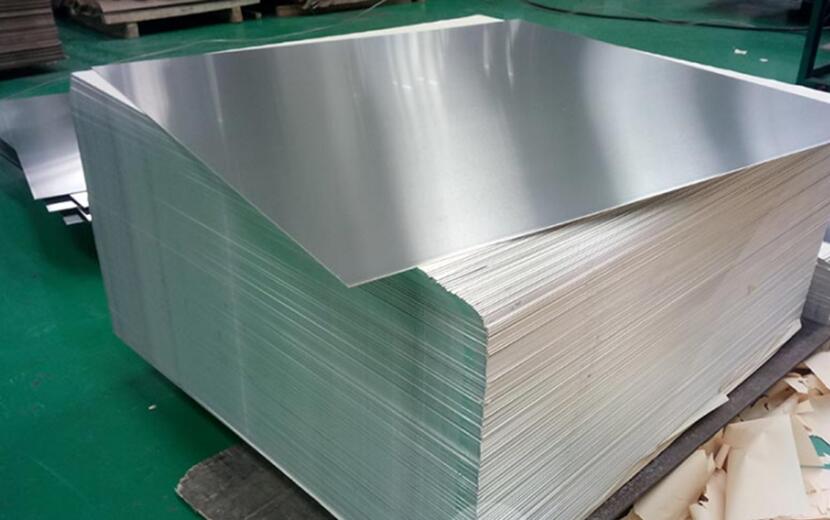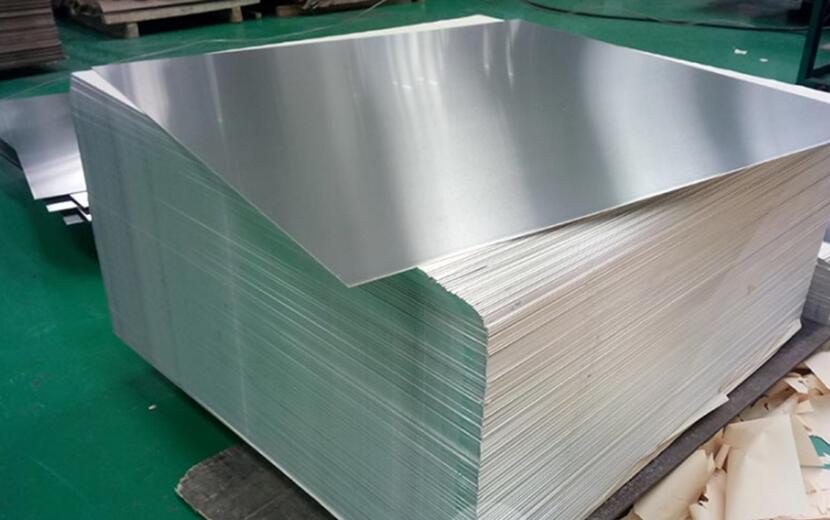Introduction of 6063 alloy aluminum base solder for vacuum brazingThe melting point of 6063 aluminum alloy is relatively low (solidus temperature is 615℃), which is close to the liquidus temperature (577℃) of Al-Si-Mg solder. Grain growth and corrosion are prone to occur during the welding process. Germanium, indium, ytterbium and copper can be used as additives for Al-Si solder to reduce the melting point of the solder...
Introduction of 6063 alloy aluminum base solder for vacuum brazing
The melting point of 6063 aluminum alloy is relatively low (solidus temperature is 615℃), which is close to the liquidus temperature (577℃) of Al-Si-Mg solder. Grain growth and corrosion are prone to occur during the welding process. Germanium, indium, ytterbium and copper can be used as additives for Al-Si solder to reduce the melting point of the solder, but the addition of germanium, indium and ytterbium will deteriorate the brittleness and corrosion resistance of the solder, and it is expensive and difficult to It is used in actual production. When the amount of copper added is too large, the brazing material will become brittle and the base metal will be corroded during brazing. It is difficult to obtain a brazing joint with excellent performance. The effect of reducing the melting point of Cu is used, and the Ni part is added at the same time. Substitute copper to keep the brazing filler metal with good mechanical properties and corrosion resistance.

Preparation of 6063 alloy aluminum base solder for vacuum brazing
According to the effect of copper content on the hardness and liquidus of Al-Si-Cu alloy, when the liquidus temperature curve of the alloy continued to decrease,
The hardness of the material increases rapidly around the copper content of 20%, and the maximum mass fraction is determined to be 20%. Using the state diagram of the Al-Si-Cu-Ni alloy with 20% copper, it is roughly determined that the average contents of other main addition elements Ni and Si are between 2%-3.3% and 5%-10%.
Melting point of 6063 alloy aluminum base solder for vacuum brazing
At 570 °C, the solder does not melt; due to the addition of alloying elements Si, Cu, and Ni, the solidus temperature of the solder drops to about 500 °C, and the liquidus temperature also drops greatly. With the increase of the fraction, the solid and liquidus temperatures of the solder are the lowest. This is because the Cu element and Al can form a low melting point eutectic with a melting point of only 548 ℃, and the temperature of the Al-Cu-Si ternary eutectic is very low, which can reach 525 ℃. The melting point is greatly reduced.
Advantages of 6063 alloy aluminum base solder for vacuum brazing
Due to the addition of Cu and Si, the spreading properties of the solder are improved. As the content of Si increases from 5% to 10%, the spreading area of the solder increases continuously; at the same time, the spreading performance of the solder with a mass fraction of 10% of Cu is better than that of the solder with a mass fraction of 20%. Alloying elements Cu, Si The addition of Ni can greatly reduce the melting point of the aluminum-based solder, and the new solder has good wetting properties; the alloying elements Cu, Si, and Ni in the solder are fully diffused to the base metal, which greatly increases the compound and brittleness of the joint. Reduced, the strength of the joint is significantly improved, and the performance of the joint is guaranteed.

















